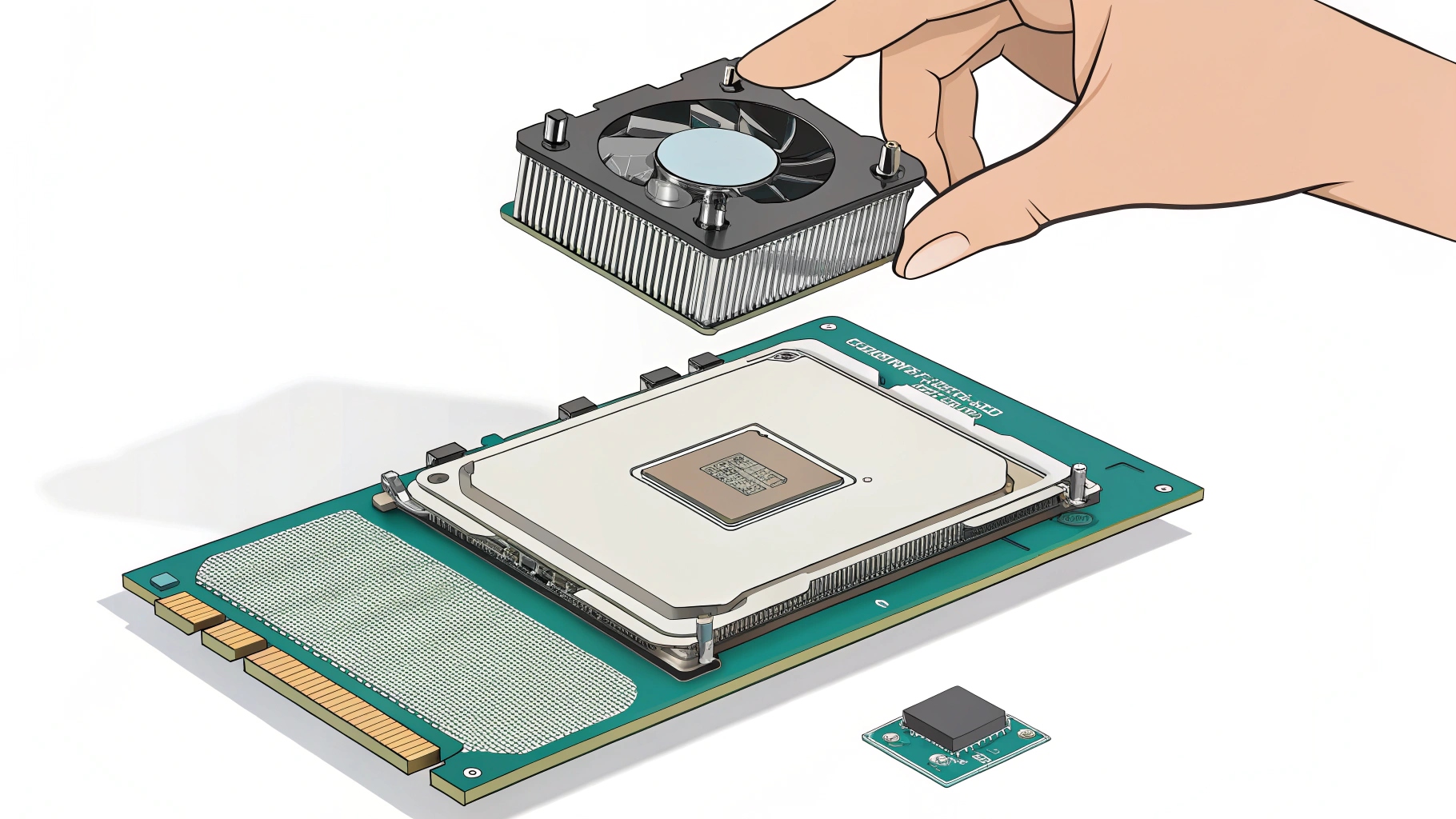Your CPU is the brain of your computer, and it produces heat while working. If the heat is not managed, it can slow down or even damage the CPU. This is where cooling paste, also called thermal paste, plays an important role. It helps transfer heat from the CPU to the cooler so the processor stays at a safe temperature.
What is Cooling Paste?
Cooling paste, also known as thermal paste or thermal compound, is a special material placed between the CPU and the cooler. Its job is to fill the tiny air gaps and make sure heat is transferred properly. There are different types of cooling paste such as ceramic-based, metal-based, and carbon-based. Each type has its own heat conductivity level.
Why Cooling Paste is Necessary
Without cooling paste, the CPU will not transfer heat efficiently, and it may overheat. Overheating reduces CPU performance, causes system crashes, and shortens the lifespan of your computer parts. With the right amount of cooling paste, your CPU runs smoothly and stays safe.
How Much Cooling Paste on CPU is Enough?
The simple answer is: not too much, not too little. The recommended amount is about the size of a small pea or a single grain of rice placed in the center of the CPU. When you attach the cooler, the paste spreads evenly. If you use too much, it can spill out and trap heat. If you use too little, the paste will not cover the surface properly, and the CPU may still overheat.
Step-by-Step Guide to Applying Cooling Paste
- Turn off your computer and carefully remove the cooler.
- Clean the surface of the CPU with isopropyl alcohol and a soft cloth to remove old paste.
- Apply a small pea-sized dot of new cooling paste in the center of the CPU.
- Place the cooler back and press gently so the paste spreads evenly.
- Tighten the cooler screws in a cross pattern to ensure balance.
Common Mistakes People Make
- Using too much paste which causes mess and poor heat transfer.
- Forgetting to clean old paste before applying new one.
- Using cheap or low-quality paste that does not last long.
- Spreading the paste unevenly with fingers or tools instead of letting the cooler pressure spread it naturally.
How Often Should You Reapply Cooling Paste?
Thermal paste does not need to be changed often. Usually, it lasts between 2 to 4 years depending on usage and paste quality. You should reapply it when you notice high CPU temperatures, performance drops, or if you remove the cooler for maintenance.
Best Practices for Maximum Cooling
- Always clean the old paste before applying new paste.
- Use high-quality thermal paste from trusted brands.
- Make sure the CPU cooler is installed properly and tightly.
- Monitor your CPU temperature after installation to confirm everything works fine.
Conclusion
The correct amount of cooling paste on a CPU is very important. A pea-sized drop in the center is enough for most CPUs. Too much or too little can cause overheating. By applying it carefully and maintaining it every few years, you can keep your CPU safe, fast, and long-lasting.
FAQs
What happens if I put too much cooling paste?
Too much cooling paste can spill out, create a mess, and trap heat instead of transferring it, which may lead to higher CPU temperatures.
Can I run a CPU without thermal paste?
No, running a CPU without thermal paste is dangerous because the CPU will overheat quickly and may get damaged.
How long does cooling paste last?
Good-quality cooling paste usually lasts 2–4 years before needing replacement.
Is expensive cooling paste worth it?
Yes, premium cooling paste offers better heat transfer and lasts longer. For gaming PCs or heavy workloads, it is a good investment.
